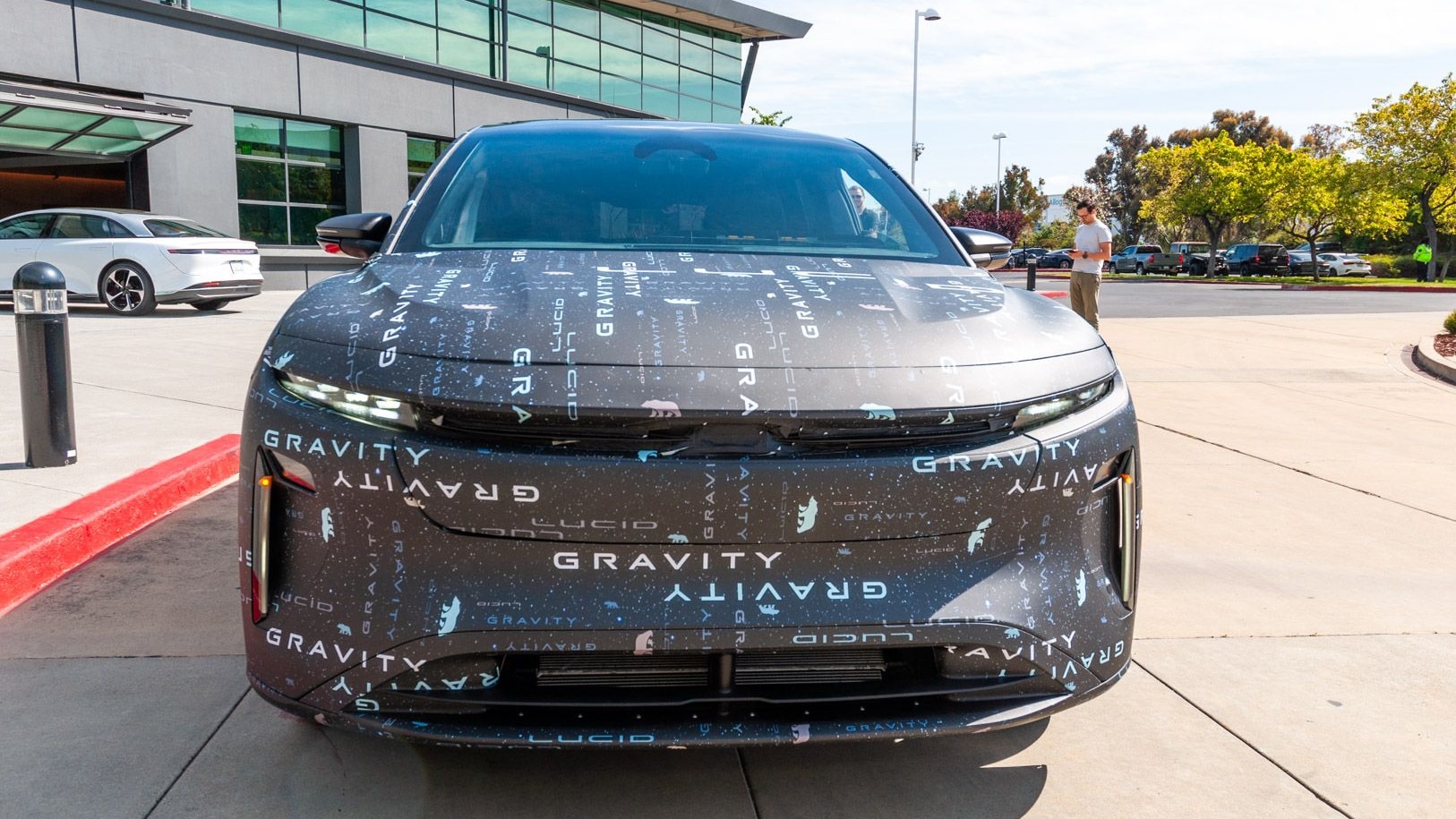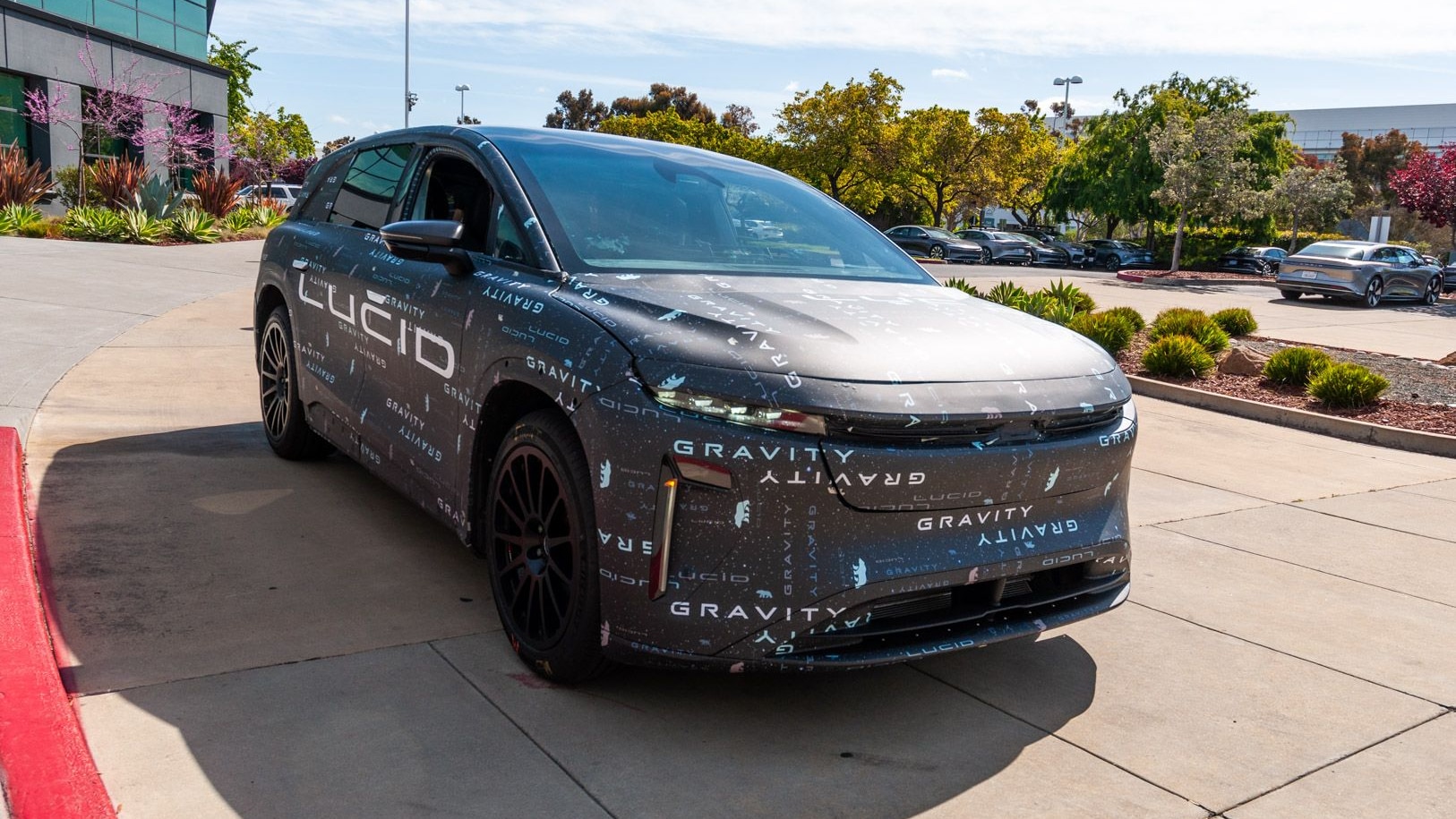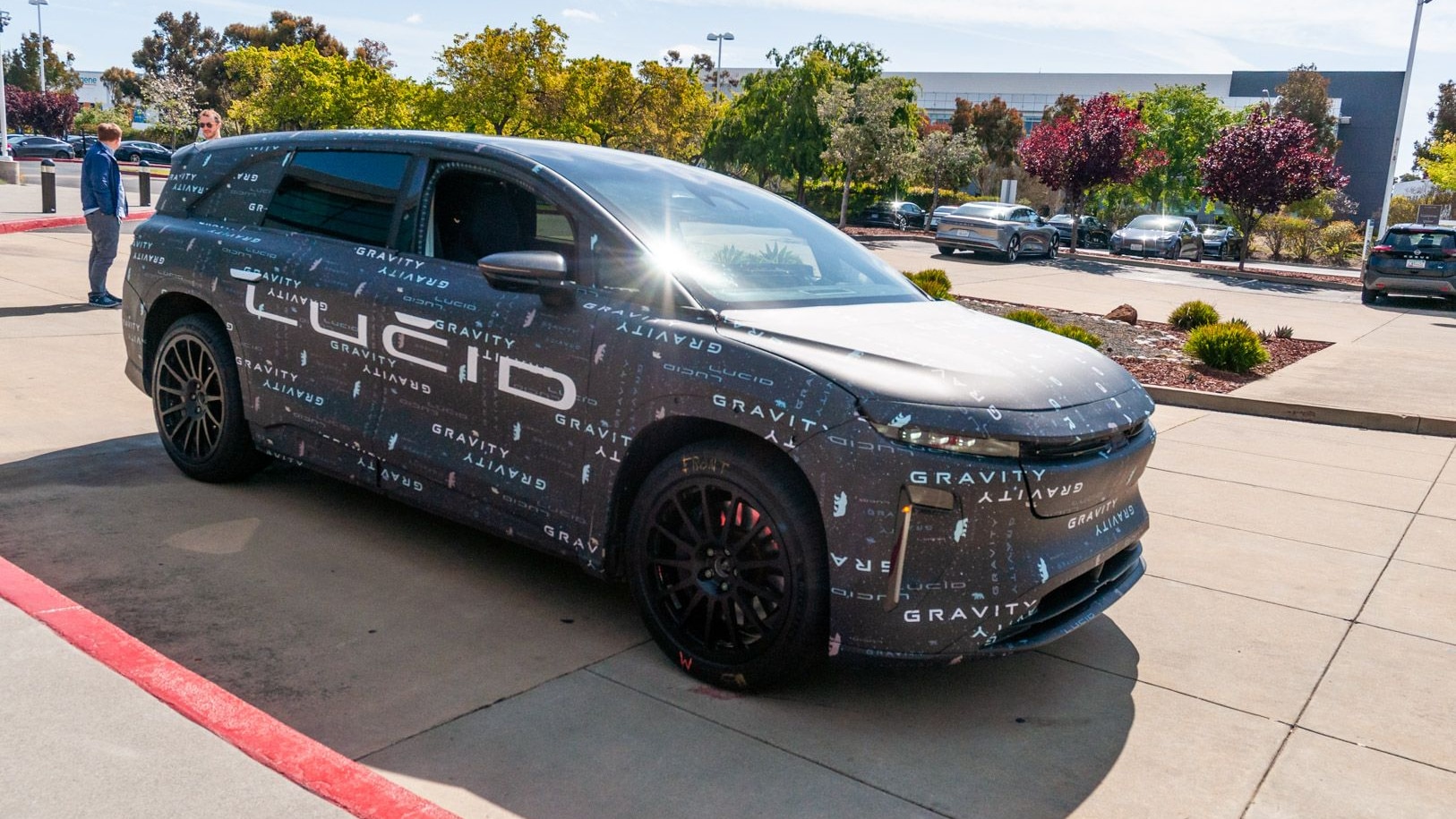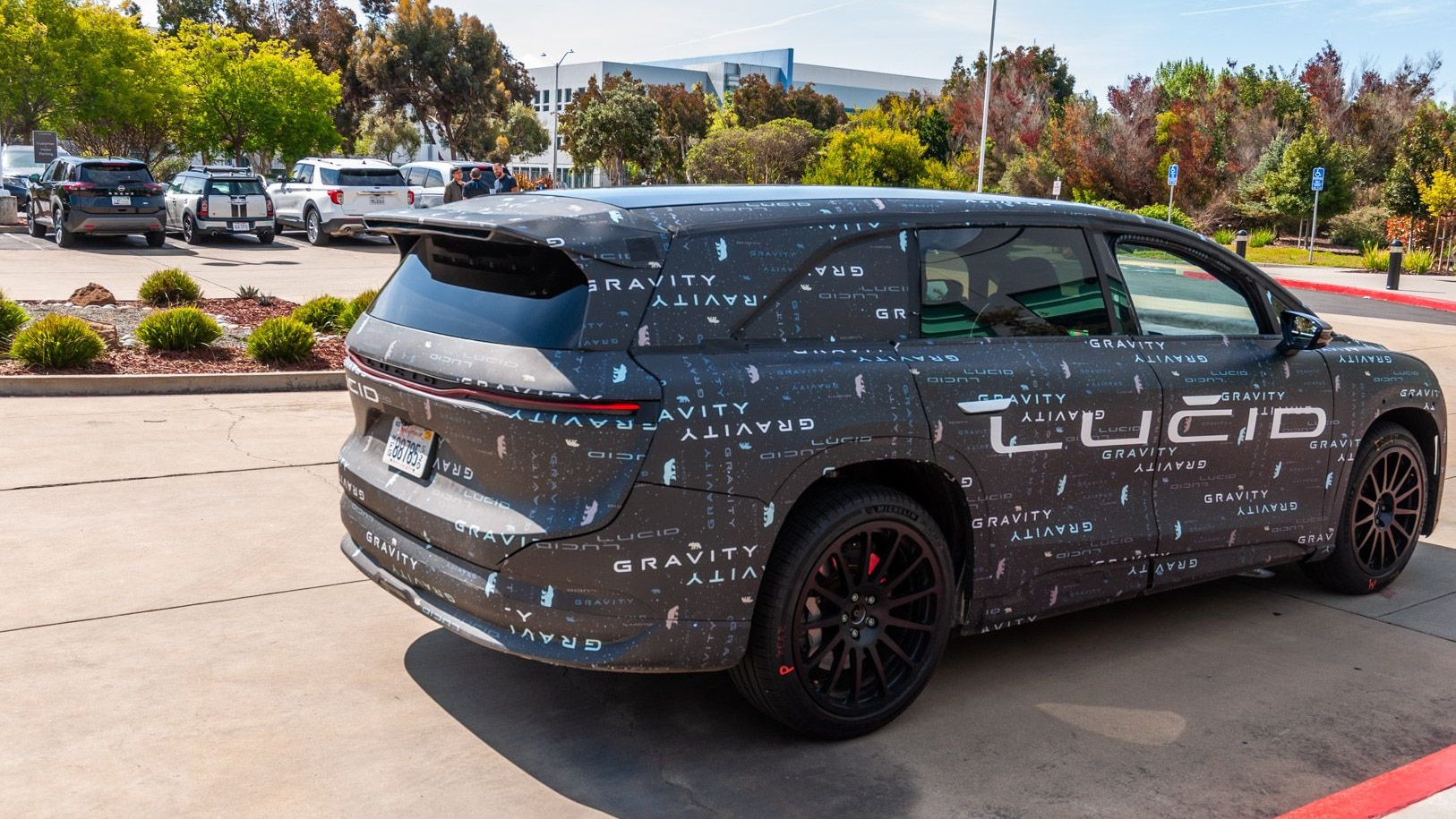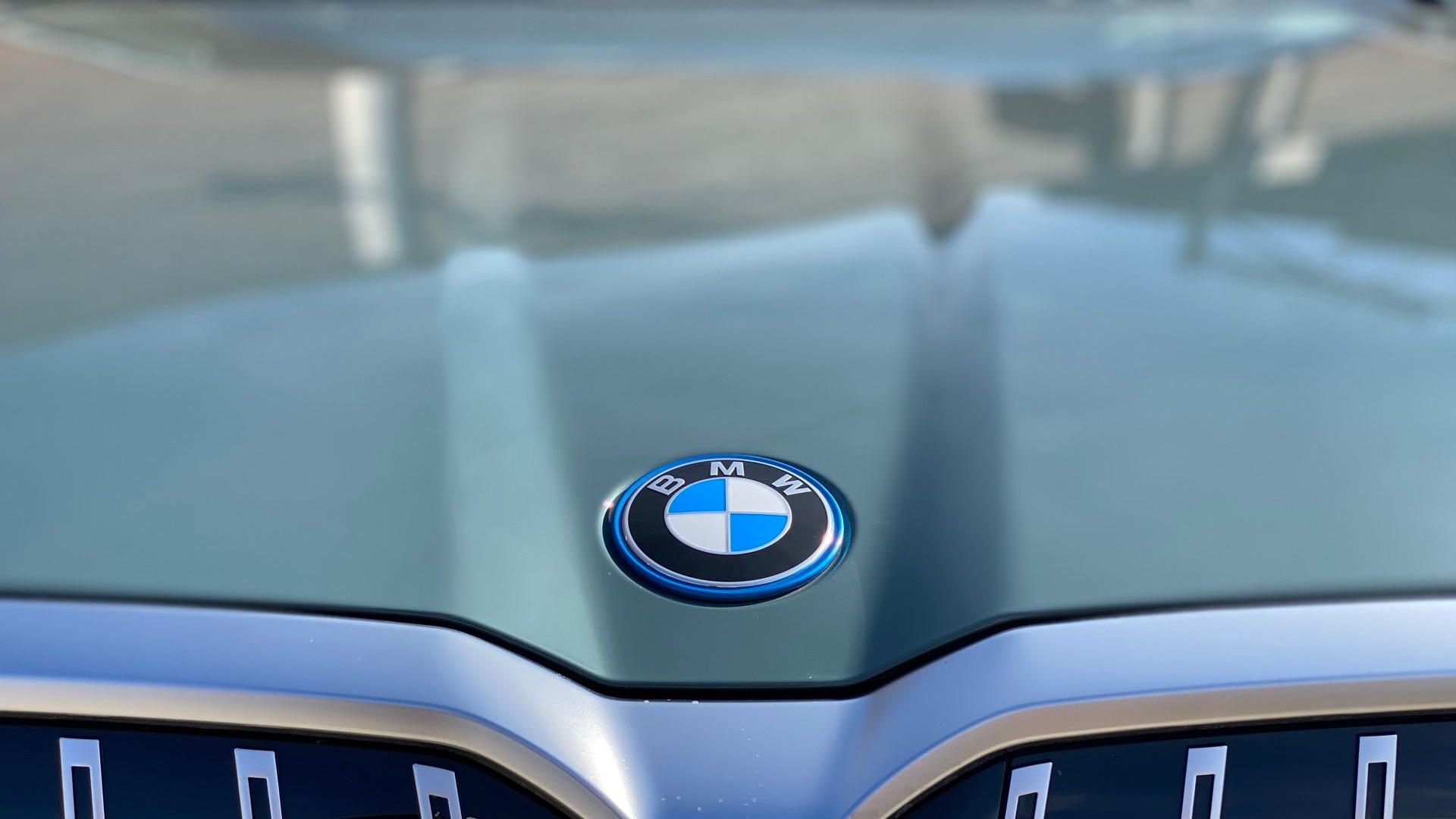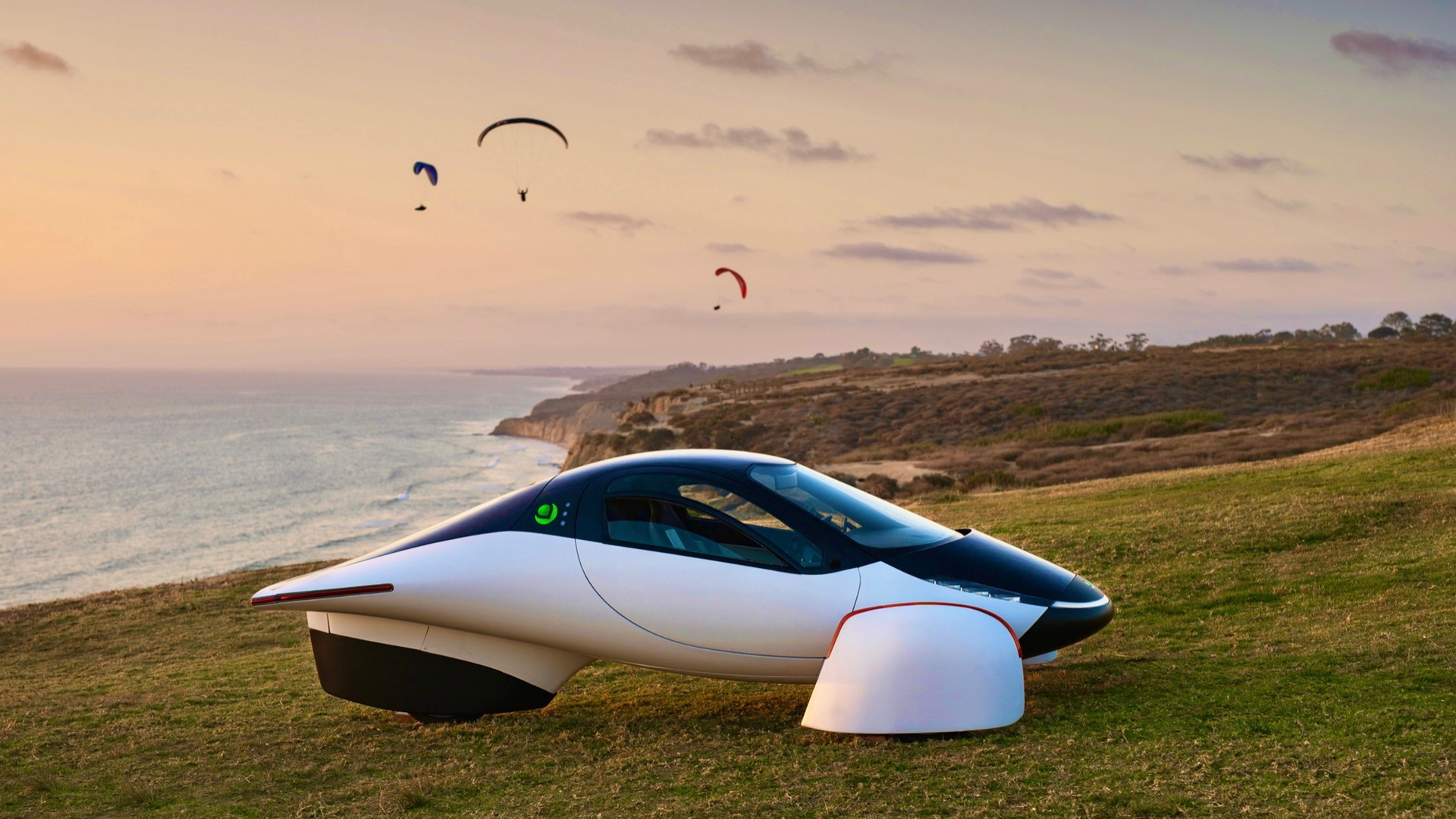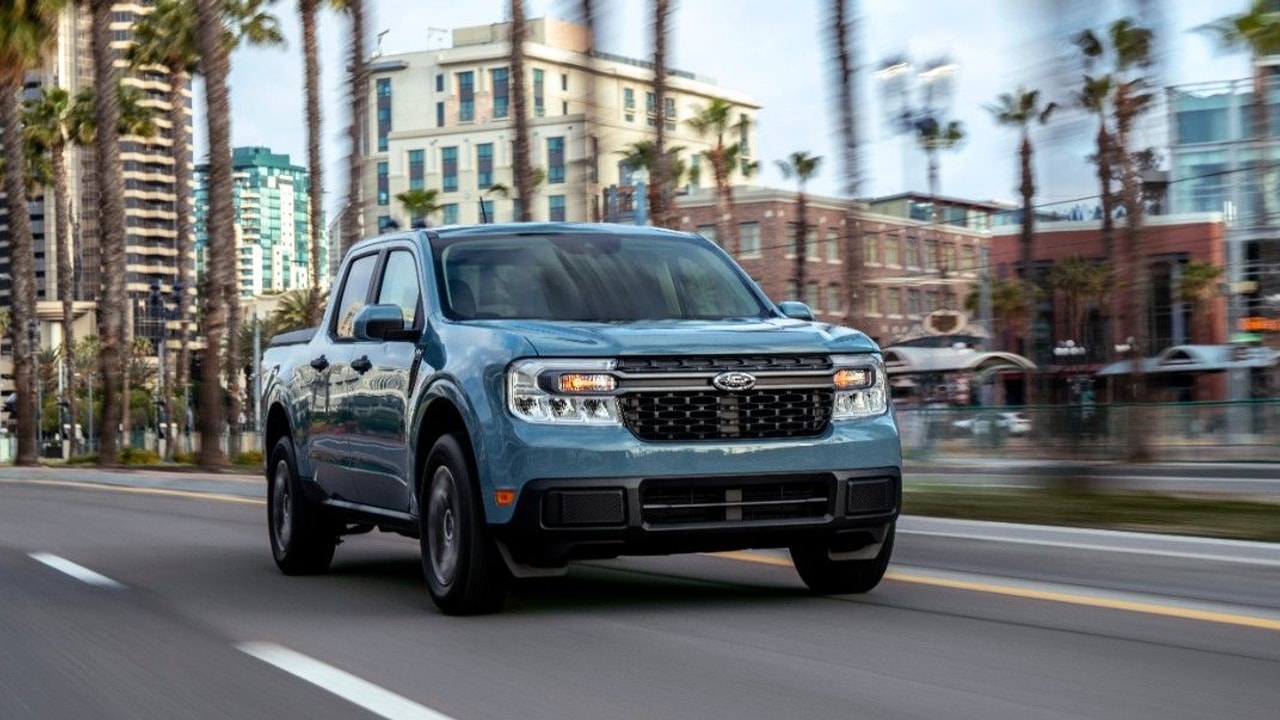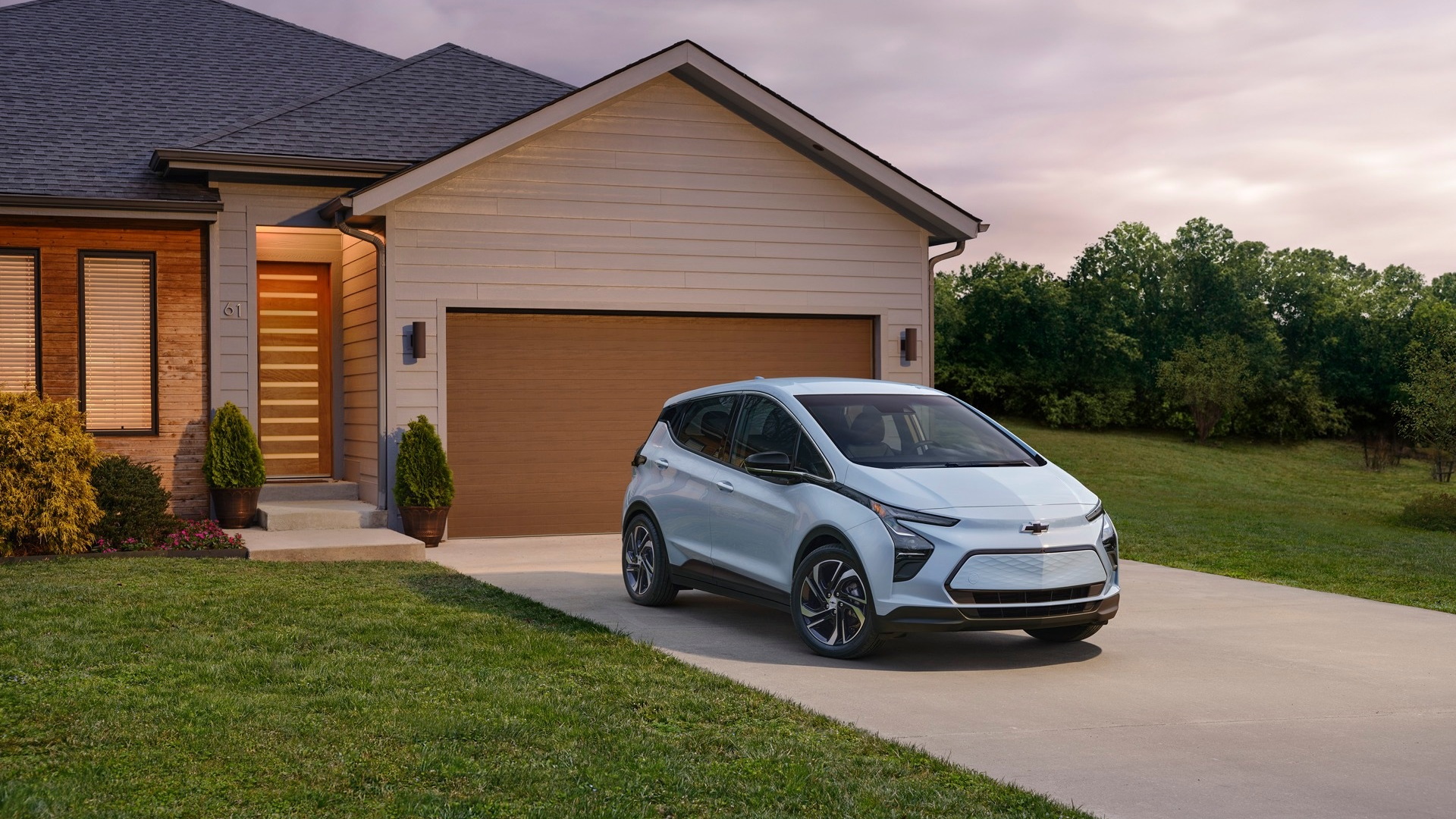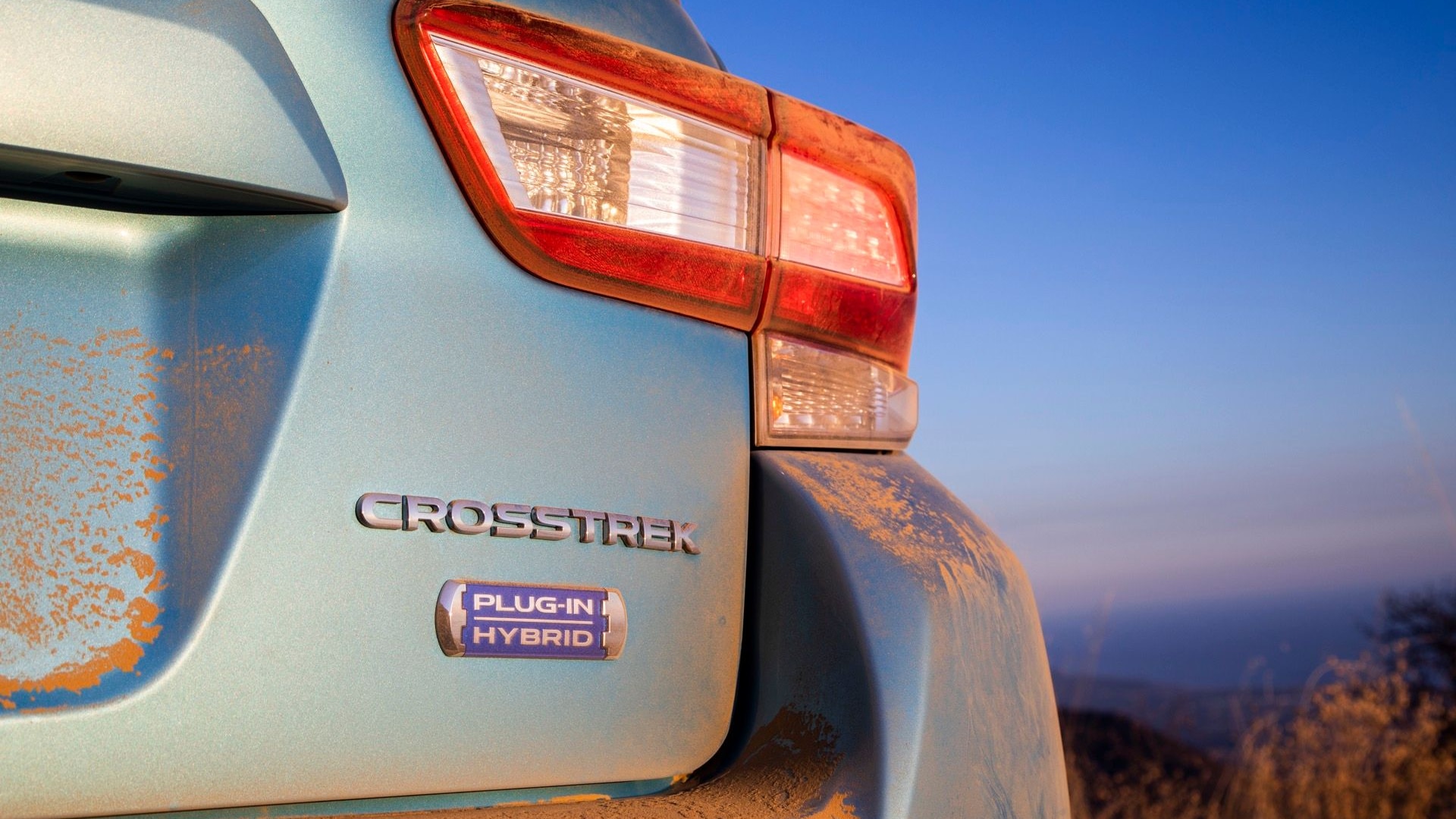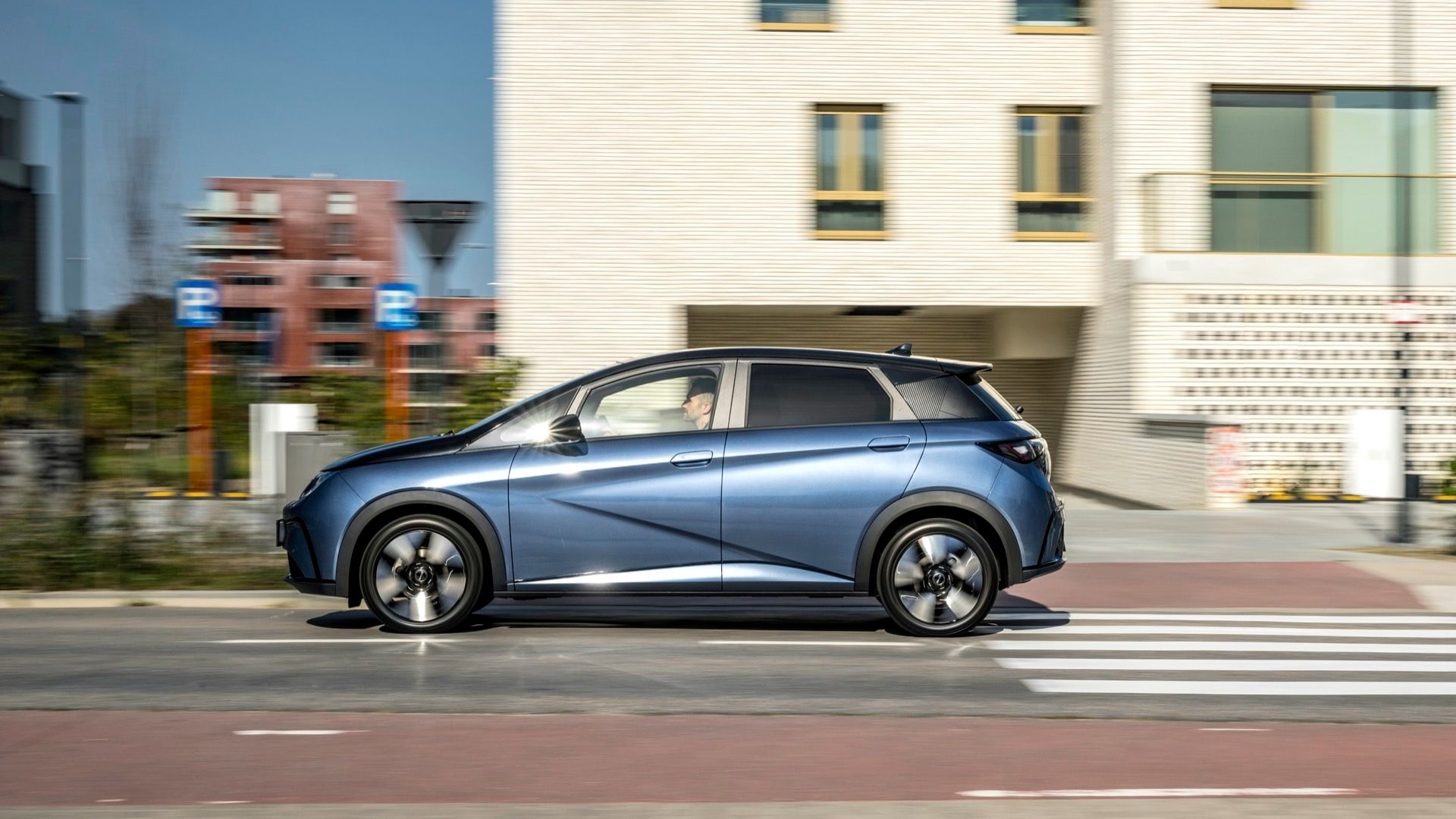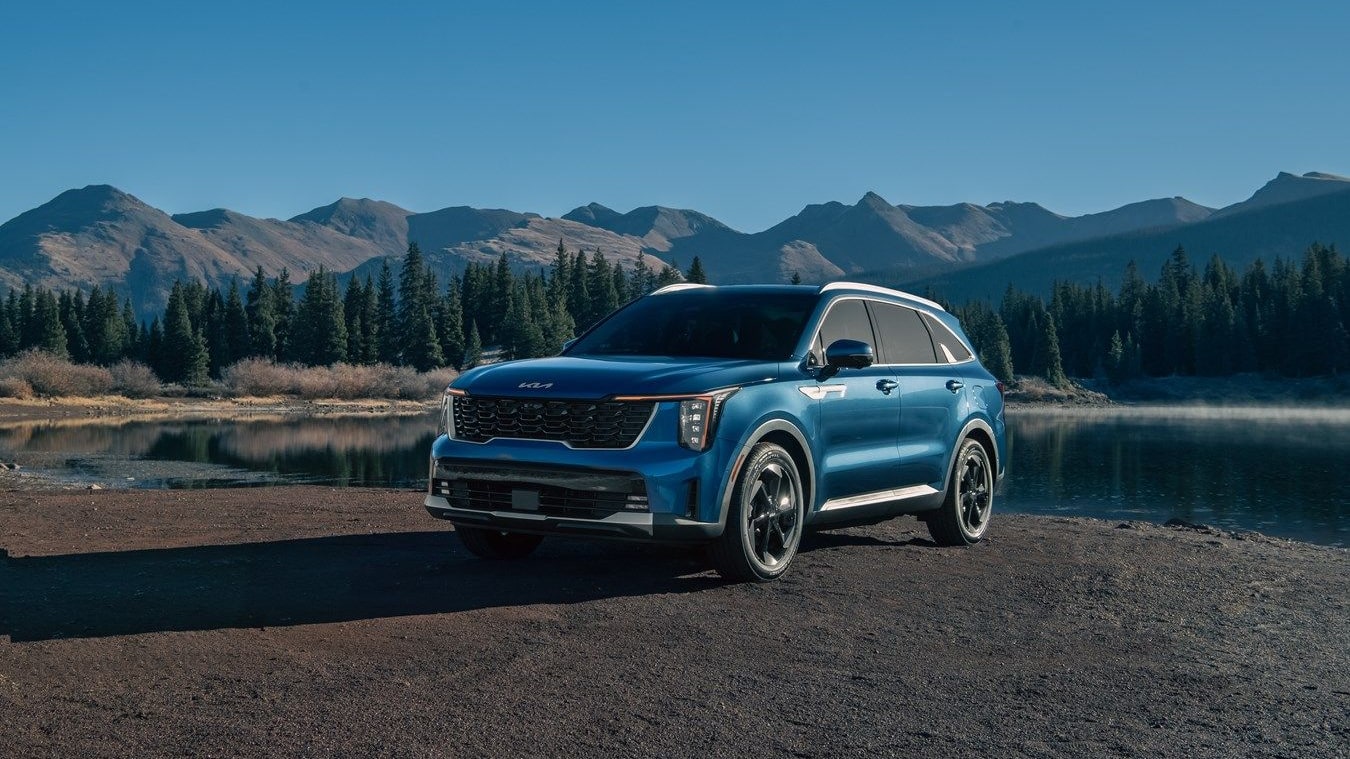Is that a minivan? Is that a wagon? Is that an SUV?
The answer to these questions in order is no, kind of, and yes. The Lucid Gravity is the startup automaker’s upcoming crossover SUV, but in many ways it redefines the genre in terms of packaging, design, and how it drives.
Here’s what I learned after an ever-so-brief stint behind the wheel of an early alpha build prototype before it headed to the crusher.
Lucid Gravity prototype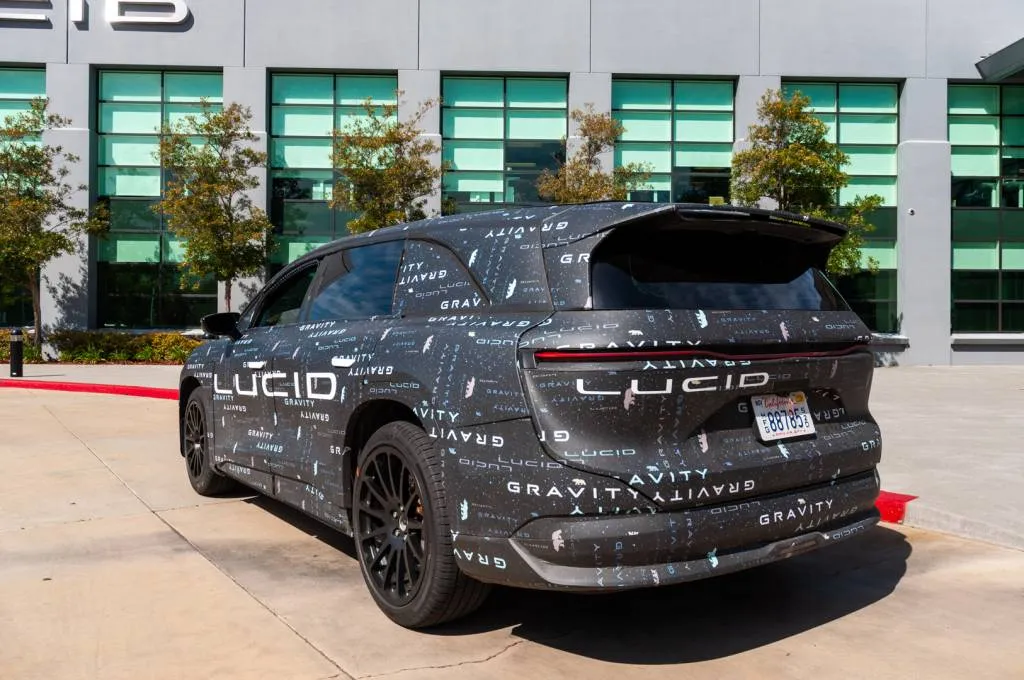
Lucid’s electric SUV will be a chameleon
It all comes down to the angle in which the Lucid Gravity is viewed. The camo-clad prototypes I saw in various stages of development made it more challenging to decipher its proportions. It’s kind of wild what a bunch of tape will do to a car’s visual appearance.
From the side the Gravity looks like a squished SUV or a bulked-up wagon. The long greenhouse, cab-forward proportions, and tall beltline add to the overgrown wagon feel in a good way. This isn’t going to be another car cosplaying as an SUV.
From the rear, from the right angle, there’s a serious Chrysler Pacifica likeness, and I mean that as a compliment to both the Gravity and Pacifica. Both are pretty sharp vehicles for their respective classes and have some things in common. The Gravity might be the first crossover SUV in history with a third-row seat that tucks into a rear well.
Lucid Gravity prototype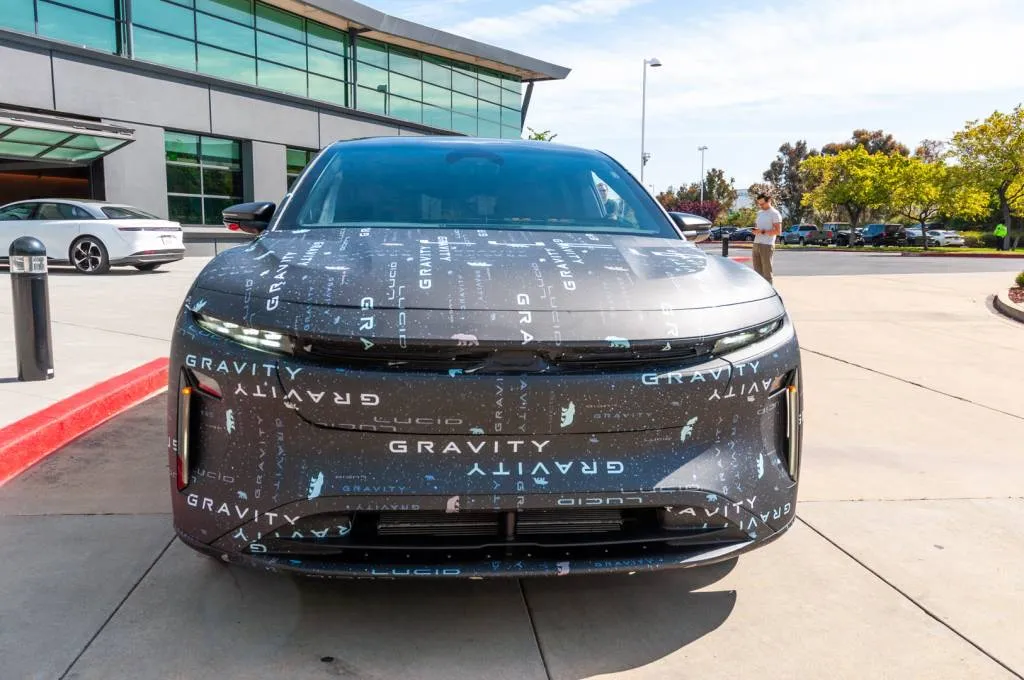
The most SUV-like angle is when looking at the Gravity head-on. Its visual mass, and height, are the most apparent, especially when parked next to a slinky, low-slung Air. The front end’s height is accentuated by the vertical LED light pipes sitting at both corners.
I also get a strong sense that, just as with the Air, the Gravity will be a vehicle where color matters greatly in terms of how it looks and its perceived presence.
Lucid Gravity prototype
Gravity rides on air
The folks at Lucid weren’t ready to fully discuss various packaging of different trims and options, but the Gravity I drove rode on a three-chamber air suspension. Launch cars will all likely feature this system, which will seemingly be the most expensive and advanced. Less expensive models will use a single-chamber design I didn’t get to experience.
As I opened the door to the alpha build Gravity prototype, which was a suspension and platform mule, the car didn’t wake up. One of my engineer chaperones asked me to close the door and let him reset the car. I opened the door a second time and the Lucid came to life. Sort of.
Lucid Gravity prototype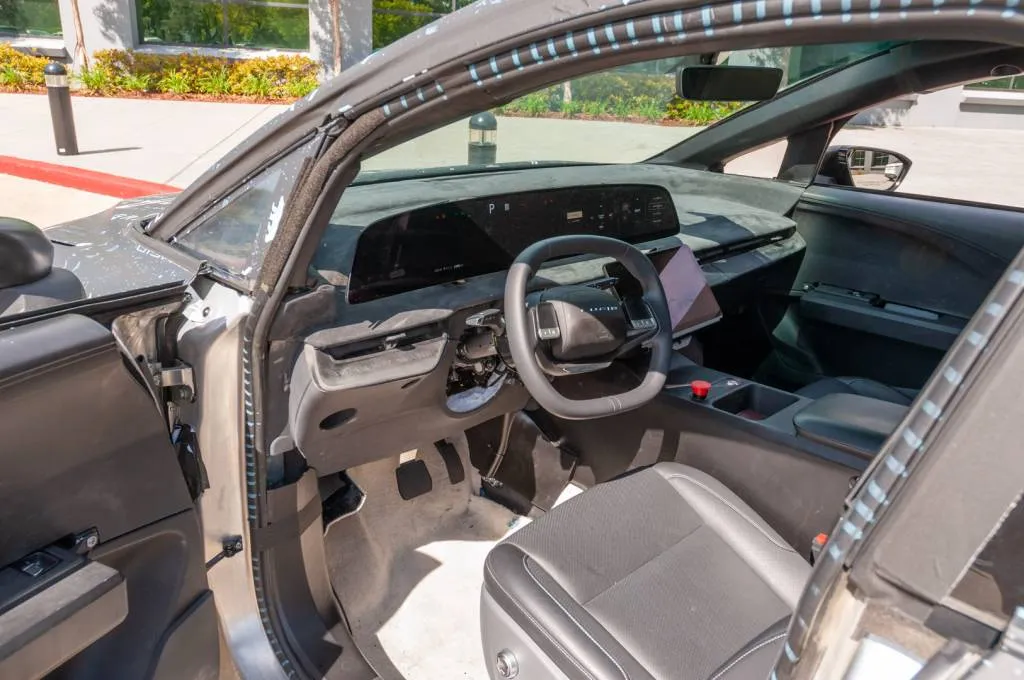
The prototype digital gauge cluster instantly lit up with some warning lights. There are fixed digital buttons on the left similar to the Air sedan, plus basic controls displaying the climate control temp and steering wheel adjustment controls. The dashboard had some wrapping on it so as to not look haggard; the gauge cluster was missing its back plate; and the center touchscreen didn’t bother to come to life. And the hacked-together interior featured the requisite (for any development vehicle) red stop button—in case we quickly needed to shut everything down.
As I slid into the driver’s seat a Lucid spokesperson noted these weren’t even the Gravity’s seats. These were seats ripped out of an Air because the prototype Gravity seats were needed in a newer mule being tested on the road.
This translated to a seating position that wasn’t production-correct, and it meant that my view of the 34.0-inch curved OLED digital gauge cluster was obstructed by the squircle steering wheel intended to help the situation.The steering wheel itself was a prototype and the touchpads on either side were blanks. It felt different than anything I’ve ever used to steer before. The squircle shape is flatter than what’s used in the Chevrolet Corvette, while the diameter felt perfect and proportional to the vehicle. It’s a better concept than a yoke if a car isn’t going to have a steer-by-wire system with only 180 degrees of steering input.
Lucid Gravity prototype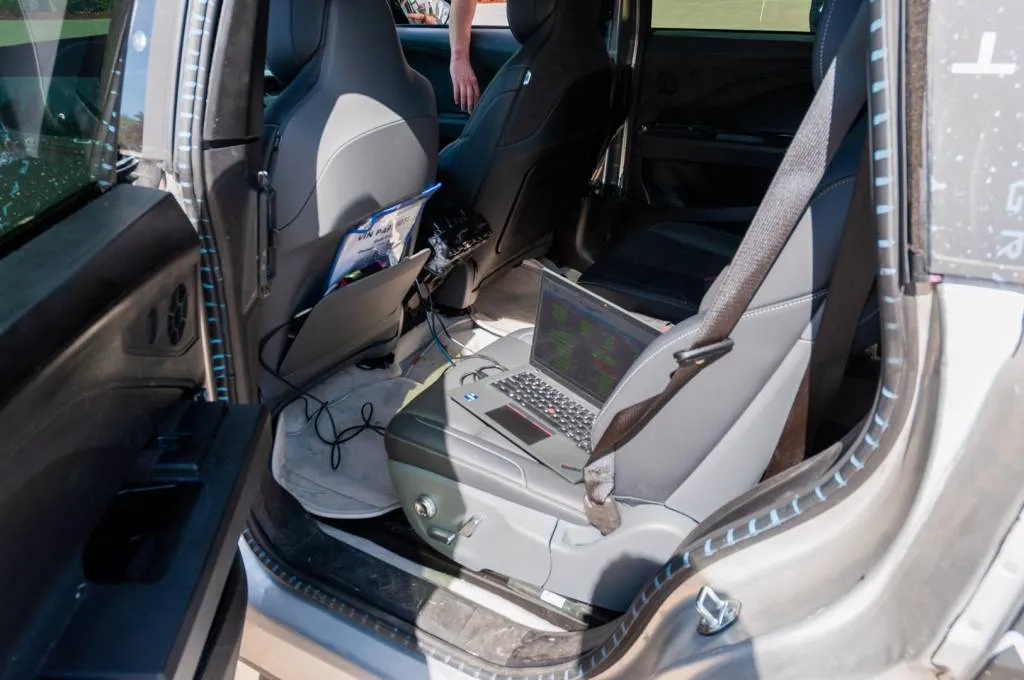
The suspension tune and powertrain’s output was controlled via a computer hooked directly into the car’s systems via an ethernet cable from the rear seat by an engineer. As I guided the Gravity prototype out of Lucid’s parking lot I asked which mode the powertrain and three-chamber air suspension was in. “It’s equivalent to Smooth in the Air,” the engineer responded—referring to the softest setting. In the Gravity, this will bring in the vicinity of 500 horsepower, which is 60-70% of the powertrain’s output.
I punched it with the accelerator matted to the floor and the Gravity’s dual-motor powertrain launched us back into our seats as the overgrown wagon took off. I let up quickly as this was a public road. By my own estimation, 60 mph came in less than 4.0 seconds. It’s quick even in its slowest setting.
Navigating to a faster-moving four-lane suburban road I picked up the pace a bit. Cresting a hump in the road, admittedly with probably a little too much speed, caused the steering to go light and numb as the suspension unloaded and the mass went up. The landing was smooth and controlled.
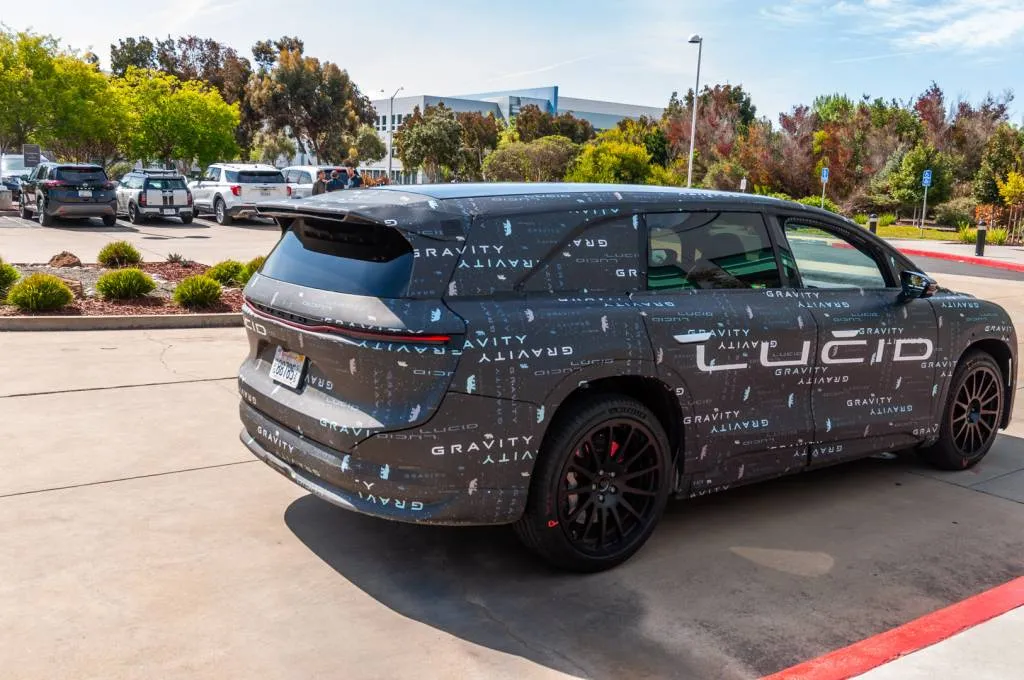
Lucid Gravity prototype
Air Sapphire influence in Gravity ride and handling
The engineer sitting in the front right seat told me the team aims to scale the ride and body control from ulta luxurious and soft—softer than in the Air sedan—to ultra sporty with fine body control similar to that of the Air Sapphire. “Breadth of capability” is the name of the game, I was told.
The engineering team had me drive to a side road with a sharp left-hander that led into a straight and then a sweeping right-hand turn. This all led into a long straight road that ended with a parking lot. The team said I could hustle the Gravity through all this to see the breadth of the current suspension tuning and practicality of the steering wheel.
My first crack at this makeshift road course was with the suspension and powertrain cranked to 11, or what would be known as Sprint mode in an Air. Earlier in the drive I was warned the car was “low on juice” so I would never get the full beans. Total output should check in at over 800 hp in Sprint mode.
The suspension kept the Gravity upright with little body roll despite the speed at which we were going around the turn. It partly felt like an overgrown Porsche Cayenne, or something one might find rolling out of the Mercedes-Benz AMG buildings. The inside wheels clawed at the pavement and I could feel the push and pull of the power shifting as the Gravity hustled around the first corner. The second corner was more sweeping and the Gravity was clearly capable of much more than this road could show me.
While initially all Gravitys will be dual motor–one at each axle delivering all-wheel drive—a triple-motor model with Sapphire badging is expected at some point. The Lucid team was mum on the topic, but did tell me that lessons from Sapphire’s torque vectoring are being applied to the Gravity through the electronic stability control system and brake system plus the rear motor.
Lucid Gravity prototype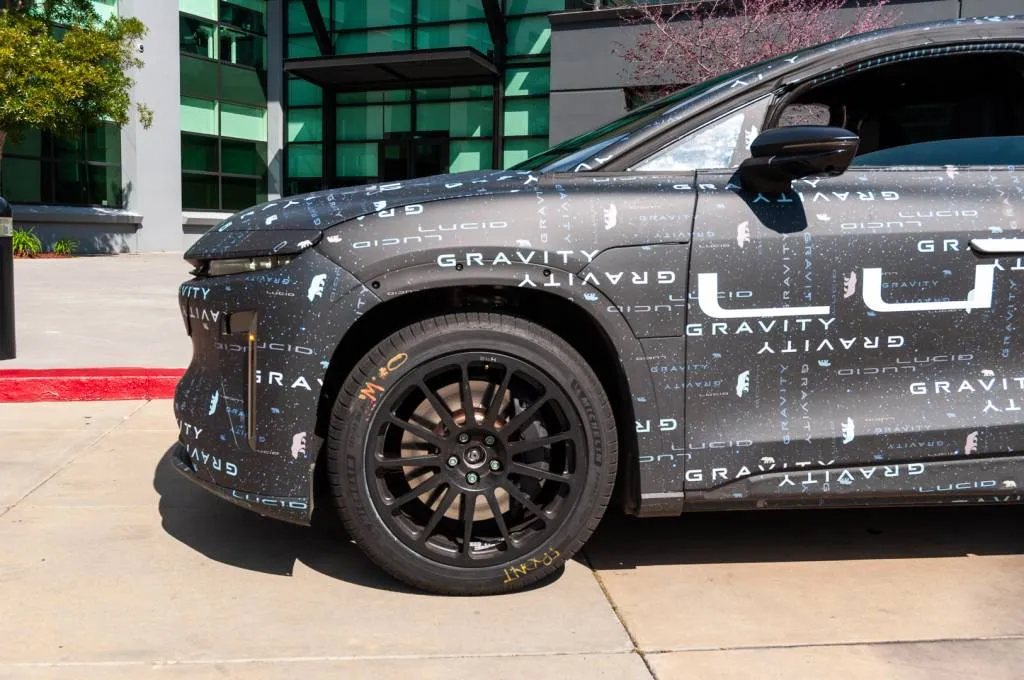
The prototype rolled on the Gravity’s mid-spec staggered 21-inch front and 22-inch rear wheels wrapped in Michelin all-season tires, but it lacked the rear-wheel steering system production cars will have with the three-chamber air suspension. That means the production car will have an even sharper turn-in than what I experienced.
The engineer in the rear seat of the Gravity clicked a few keys on the computer as the prototype neared the beginning of this make-believe road course again, putting it back into Smooth mode. Nobody seemed to care if I punched it, so I did. As the Michelins clawed the Gravity’s weight shifted much more than the first time as the softer suspension parameters allowed a lot more lean, and I had no choice but to keep the speed lower as the body rolled. While still controlled, the Gravity suddenly made me more aware of its heft.
Lucid Gravity prototype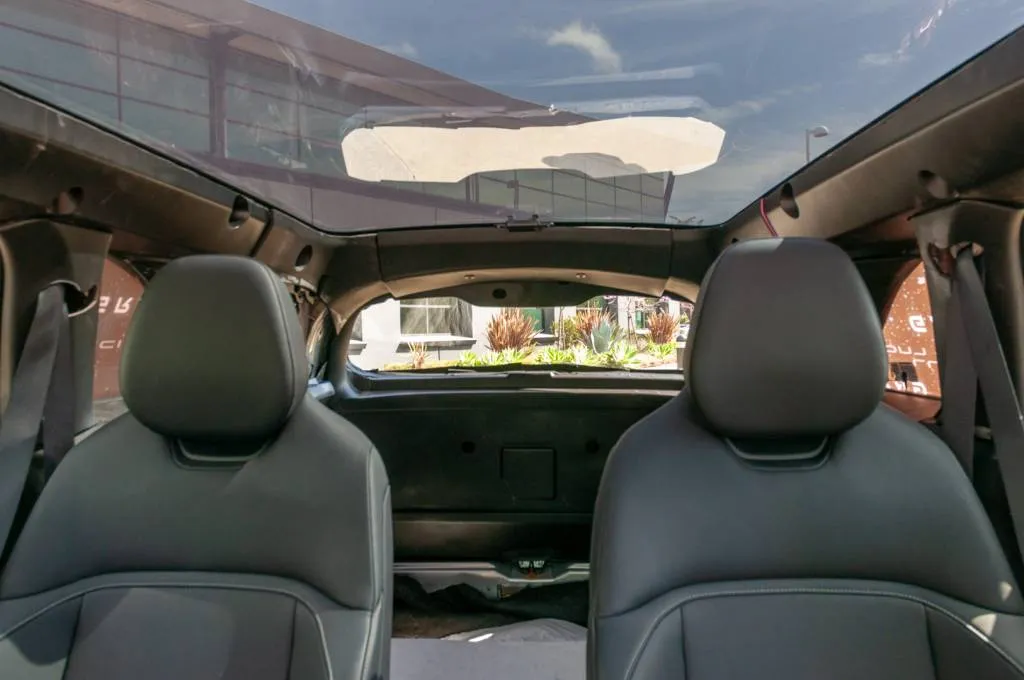
Lucid Gravity feels like an Air wagon
Despite the incorrect seating position, I did get a solid sense of what it feels like to be inside the Gravity on the road. The view from the front seat back through the rear window reminded me of driving a wagon. That was mostly due to the shape of the rear window itself, which is compressed due to the squished roofline. Note that the prototype didn’t have a third-row seat in it, and the second-row seats weren’t production-spec.
Lucid Gravity prototype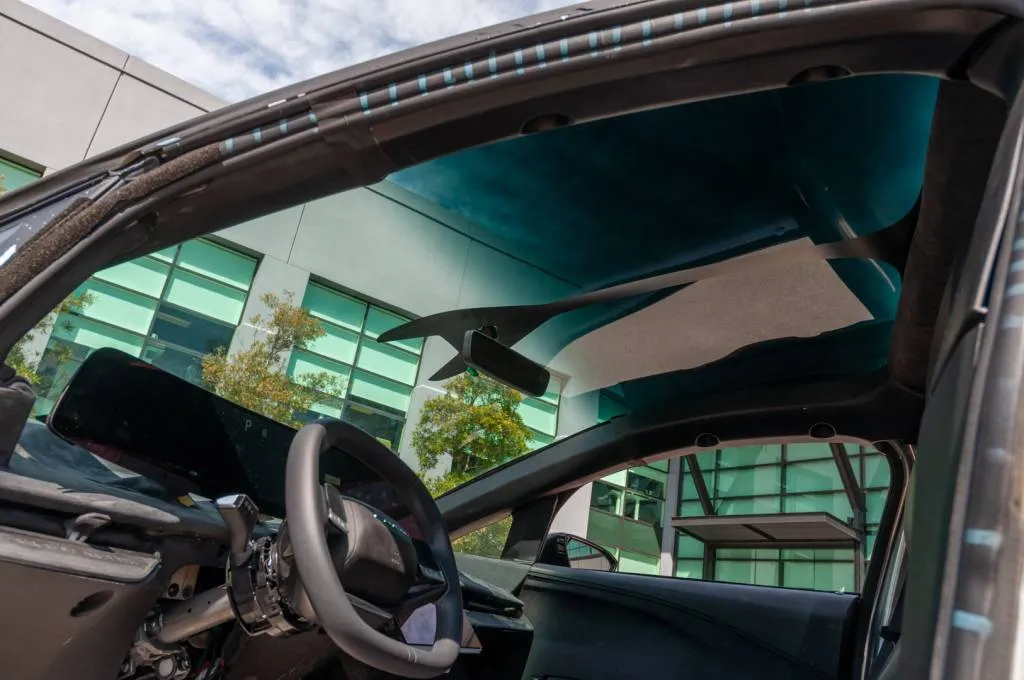
The view forward, the placement of the front pillars, the vast windshield into the glass roof, and the overall feel from the driver seat reminded me of an Air that has been supersized. If a futuristic sport wagon that rode a bit too high existed, this might be it.
Walking away from my brief stint in the early suspension and chassis Gravity prototype one thing became clear: No other electric car on the market drives like or looks like this thing. It promises to deliver family comfort for a daily commute and sporty driving dynamics for the long way home in a way no other electric seven-seater yet does.

